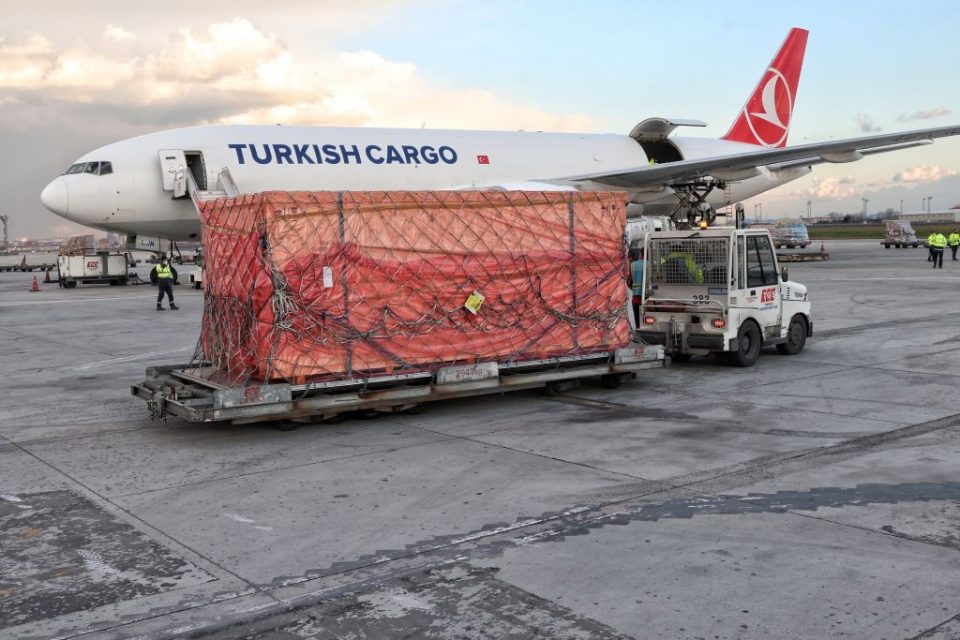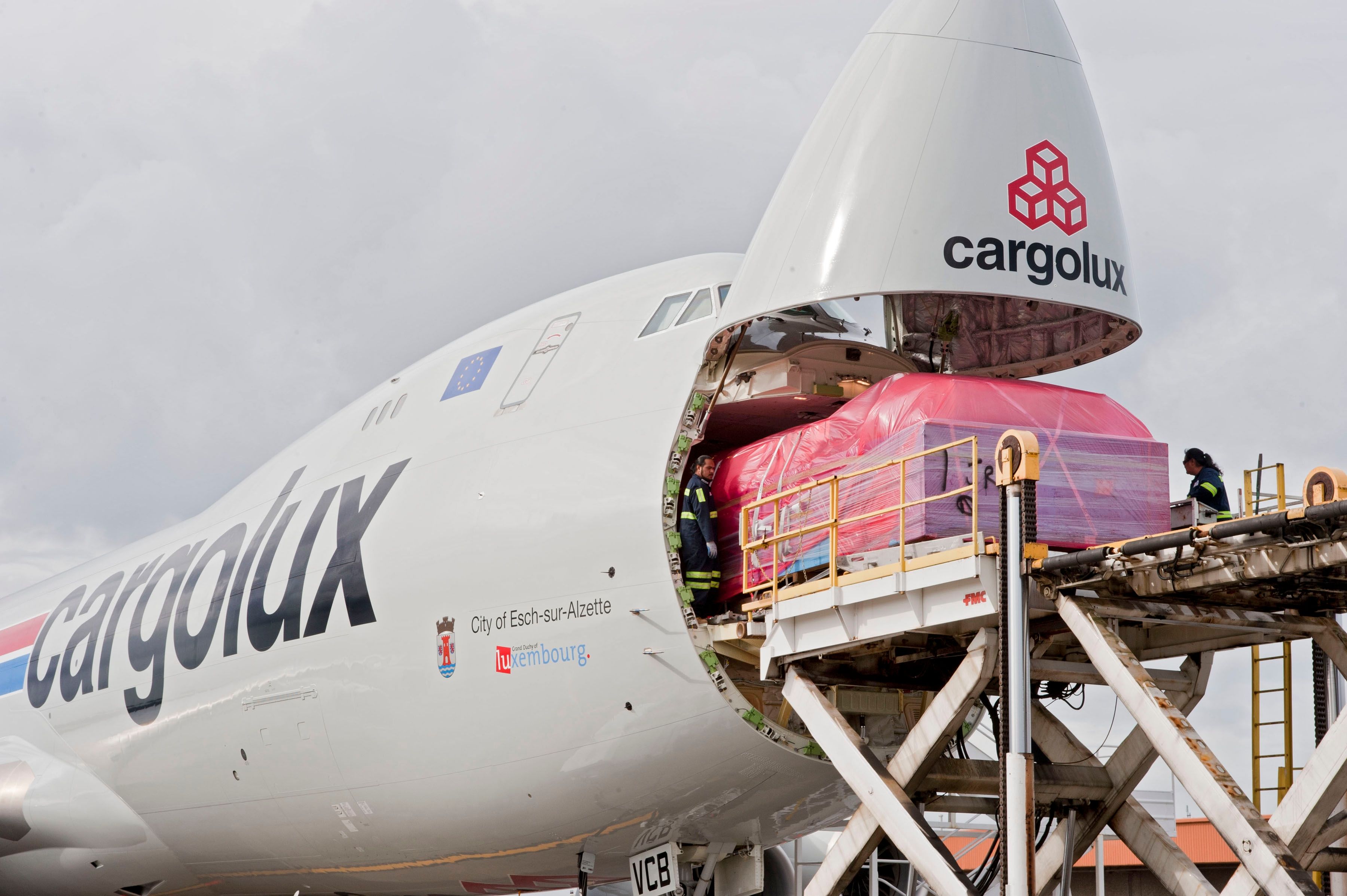While passenger traffic fell sharply in the early months of the coronavirus pandemic, the cargo sector had rather contrasting fortunes. Indeed, this area of the aviation industry grew to the extent that dormant passenger jets had to be used to satisfy the demand for airfreight. This boom, among other things, has helped it grow to become an increasingly important part of the worldwide supply chain.
Contrasting fortunes
This represents a different fate not only compared to the passenger sector of commercial aviation, but also to other forms of cargo transport. Specifically, the pandemic has had a harsher impact on maritime shipping, even though this sector accounts for a greater proportion of worldwide trade (in terms of tonnage carried).
As noted by Brian Hermesmeyer, Boeing‘s Freighter Customer Leader, in a presentation attended by Simple Flying last week, a combination of recent trends has seen the price differential between airfreight and maritime cargo vastly reduce. This is to the airline industry’s advantage, as it allows air cargo to be seen as a more viable option than its sea-based counterpart. Hermesmeyer explains:
“We’ve seen significant increases in the cost of moving containers across the maritime sector. The relationship between the cost of moving stuff by boat and by air is at an all-time low ratio. We’re down to about maybe a multiple of five, whereas, traditionally, we’re at a multiple of 10 or 20.”
Increased maritime shipping costs have boosted airfreight’s importance in the supply chain. Photo: Boeing
Stay informed: Sign up for our daily and weekly aviation news digests.
Maritime shipping has become heavily consolidated
According to Boeing, a key reason for the increased costs related to maritime shipping has been the consolidation of operators in this sector. With fewer operators dominating the industry, customers have less choice in the matter, and may be forced to accept higher prices. Hermesmeyer adds that:
“There are now 10 carriers that could account for about 86% of the overall maritime capacity in the world. As those entities have consolidated, they’ve been pushing up their yields quite a bit. If you look at the yield growth on the maritime side, it’s been stratospheric compared to what we already think of as stratospheric yields in air cargo.”
Airfreight, while still featuring dominant forces, is a more diverse picture, with a greater balance between the different types of operators. Hermesmeyer noted that express carriers (DHL, FedEx, UPS etc), have a 41% market share, compared to 39% for combination carriers with air and passenger divisions.
Meanwhile, 11% belongs to all-cargo carriers (Cargolux etc), compared to 9% for airlines that only use the bellies of their passenger aircraft to ferry airfreight.
The obstruction of the Suez Canal in March 2021 highlighted the risks of maritime shipping. Photo: Getty Images
The airline industry is always full of new developments! What aviation news will you check out next?
The value of high-speed transportation
The speed of freighter jets is also a big plus compared to the multi-day journeys that ships have to make. This played a key role in Boeing’s decision to build its ‘Dreamlifter‘ outsize freighter, which can ferry aircraft parts across the world in a matter of hours. Recent events have also played a role, as Hermesmeyer adds:
“Ever Given getting stuck in the Suez Canal was a wake-up call as to how sensitive that sector can be. Those kinds of things have taught people that there’s a real opportunity [for airfreight].”
It will certainly be interesting to see how exactly the current trends pan out, and whether airfreight can build on the growth that has seen it carry 35% of worldwide cargo by value, despite accounting for just 1% of the tonnage.




